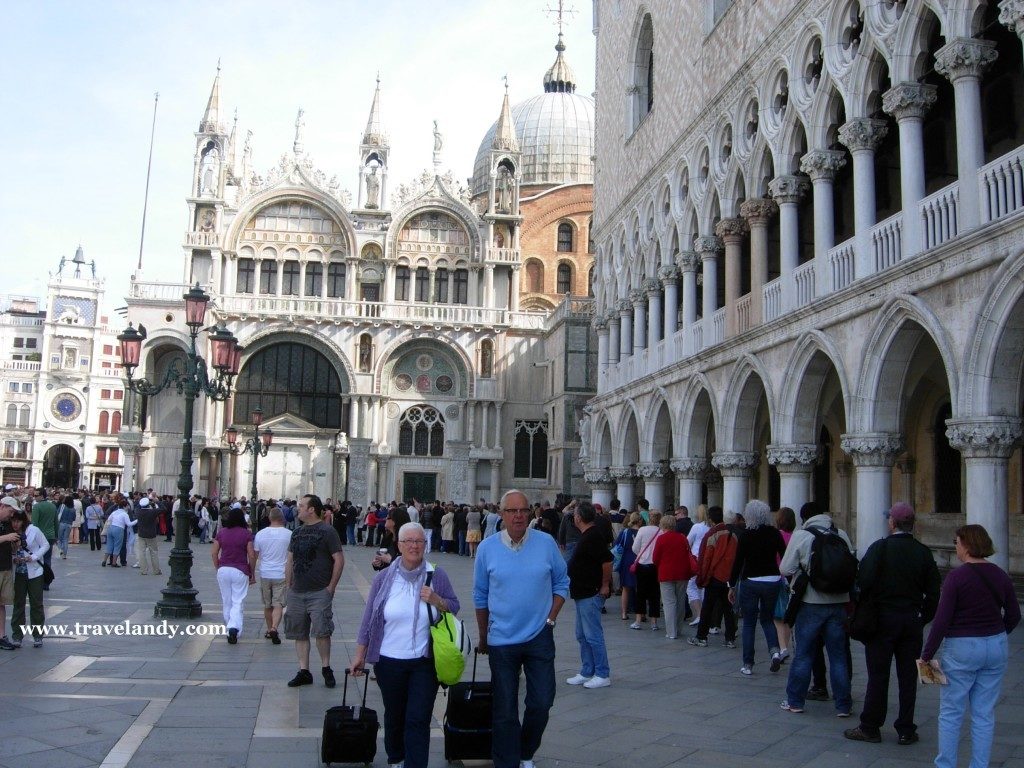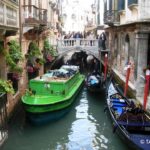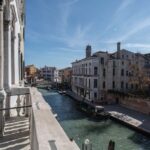
(TAN): The much-criticised flood barriers of Venice have protected the city from high tides a second time, reports said. The system of 78 floodgates, known as Mose, were activated after forecasts that the tide would reach up to 135 cm. Without the barrier, a tide of that height would have left half of the city under water, with the popular tourist attraction of St Mark’s Square bearing the brunt.
The local tidal authority said that strong winds and rain had pushed the water level as high as 140 cm in some areas of the lagoon not protected by Mose, but in Venice city, the level was stable at 50–60cm, leaving the squares and alleyways clear, said media reports.
“The city is dry,” Venice’s mayor, Luigi Brugnaro, wrote on Twitter. “All the gates are in operation.”
The huge yellow floodgates, which rise to separate the Venetian lagoon from the sea, had succeeded in shielding the city during its first real-time test in early October when the high tide rose to 120 cm.
Venice’s floods, “acqua alta” (high water) in Italian, are caused by a combination of factors exacerbated by climate change — from rising sea levels and unusually high tides to land subsidence that has pushed down the city ground level. Of the 23 tides ever recorded above the 140-cm level, 14 have occurred in the last two decades, including five last November when St Mark’s Square was submerged under a meter of water.
The Mose dams were designed in 1984 and were supposed to come into service in 2011, but was delayed by corruption scandal, cost overruns and construction delays.
Venetians have mixed feelings towards the project, with some considering it to be essential for protecting the city and others saying it has damaged the fragile lagoon.
As part of the Mose system, an artificial island was built between Venice Lido and Cavallino-Treporti to separate two rows of barrier gates and to house the main technical buildings for the operation of the gates. Critics argue that the island altered the lagoon and allowed seawater to enter more quickly, reports The Guardian.



